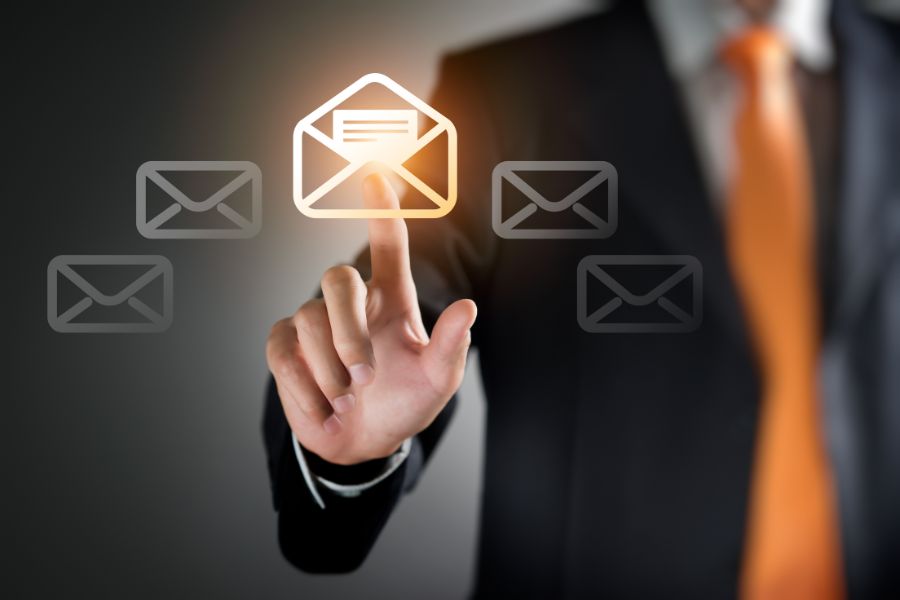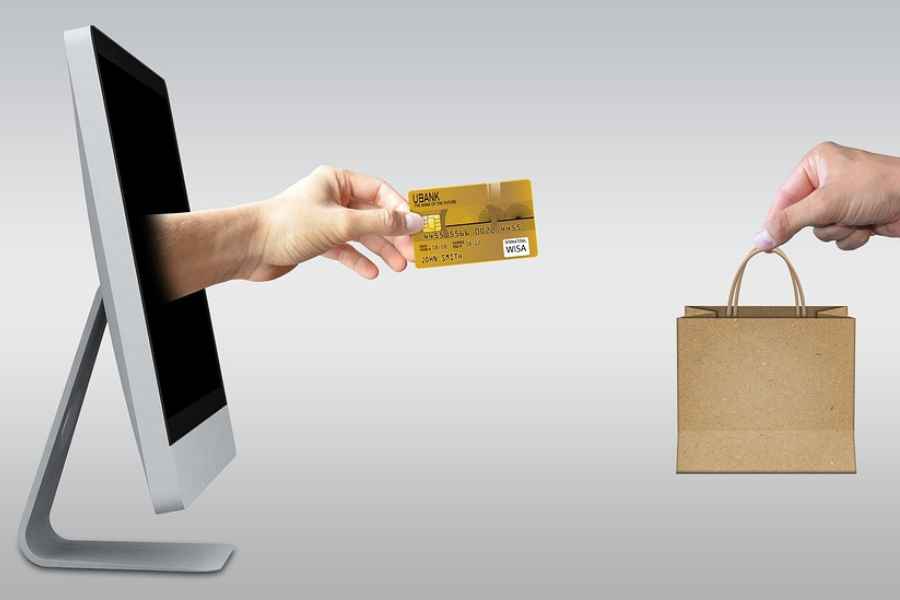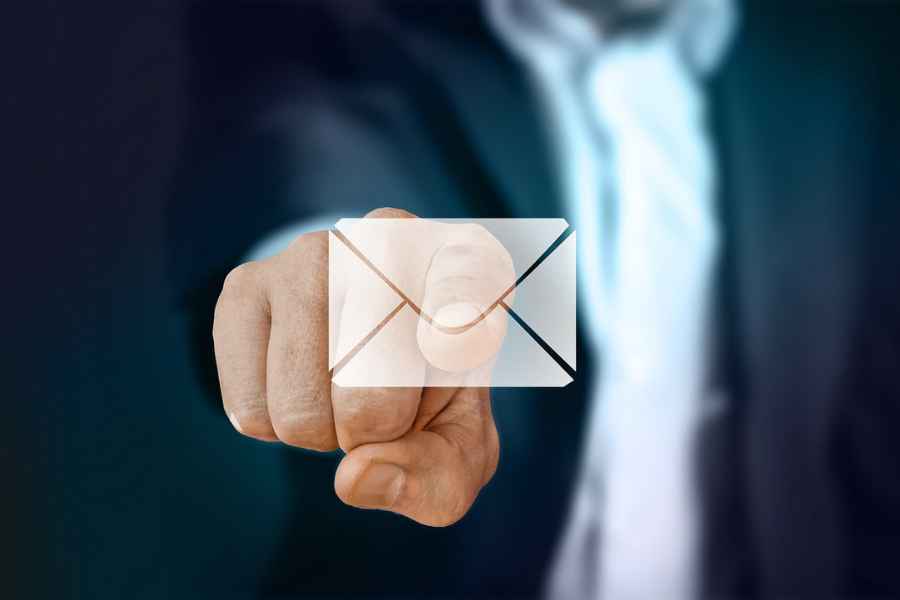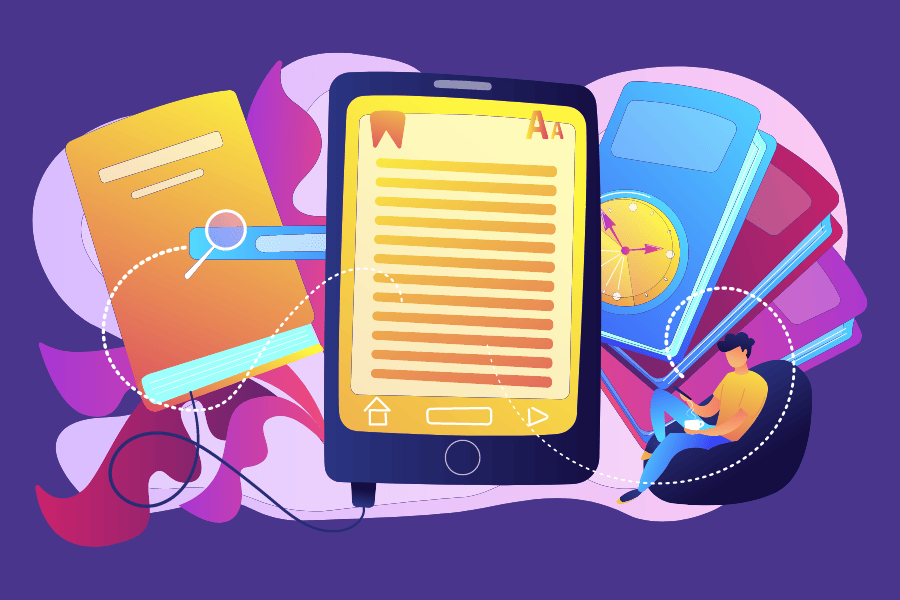Have you heard email segmentation can revolutionize your email marketing strategy?
It’s true — email segmentation is not just some fancy marketing lingo. It’s a secret weapon that can skyrocket your sales.
We’re talking about breaking your email list into smaller, targeted groups, letting you serve up personalized email content that truly resonates.
Can you imagine a world where readers look forward to every message you send? And that the vast majority of readers are happy to open, click, and buy whatever you promote via email?
Well, we’ve got 15 practical strategies to maximize your chances of making that world come true.
So, ready to become your email readers’ new best friend?
Let’s dive right in.

Email Segmentation Demystified
What is email segmentation?
Simply put, it’s the act of dividing your email list into smaller, more specific groups based on certain criteria.
It’s like sorting your clothes into separate piles for shirts, pants, and accessories. It helps you organize and find what you need more quickly and efficiently.
How does email segmentation work?
Email segmentation is about grouping email subscribers based on shared characteristics, like demographics, purchase history, or interests.
Now, why is email segmentation so important?
It helps you send personalized and relevant content to each email subscriber, making your emails more likely to be opened, read, and acted upon.
In short, segmentation leads to better engagement, and better engagement leads to higher conversions.
But what are some specific and effective ways to segment your target audience?
16 Easy Email Segmentation Strategies That’ll Enhance Engagement

Now that you understand the basics, let’s take a look at a few practical, effective, and easy-to-implement email segmentation strategies that could revolutionize your entire email marketing strategy…
1. Geographic Location
With subscribers likely scattered all over the globe, it’s essential to consider their location when sending emails.
Time zones, regional holidays, cultural nuances — all these can influence your email’s performance.
For instance, an email about a fantastic Independence Day sale won’t resonate much with your UK subscribers, would it?
2. Email Engagement
How are your subscribers interacting with your emails?
Some might be opening every single one, while others might only occasionally click through.
The “every single email” folks might appreciate more frequent communication, while the occasional clickers may respond better to less frequent, more value-packed emails.
Also, subscribers who have fallen off the radar need a different approach.
Craft a re-engagement email marketing campaign with exclusive content, special offers, or simple “we miss you” messages. You’d be surprised how a gentle nudge can rekindle interest.
By segmenting based on email engagement, you can tailor your content accordingly.
3. Sales Funnel Stage
A prospect who’s just getting to know your brand requires different communication compared to a loyal customer.
Segmenting based on where subscribers are in your sales funnel allows you to customize your messaging.
For instance, a new subscriber may benefit from a series of educational emails, while returning customers could appreciate an exclusive loyalty discount.
4. Abandoned Shopping Cart
Who hasn’t added items to an online cart, only to abandon it before checkout? It’s a widespread phenomenon.
By segmenting these subscribers, you can send targeted email reminders, offering assistance, answering potential questions, or providing a little nudge (like a time-limited discount) to finalize the purchase.
5. Purchase History

Analyzing a subscriber’s purchase history can provide significant insights.
For instance, if they’ve bought a pair of running shoes from your online store, they might be interested in an email about the new running gear you’ve just added.
Not to mention, big spenders and budget shoppers have different interests and expectations. By segmenting based on the purchase amount, you can tailor your emails to these distinct groups.
Big spenders might appreciate a first look at your new high-end product line, while budget shoppers could love a heads up about upcoming sales.
Sending them VIP content, early access, or exclusive offers, can enhance their loyalty and encourage repeat business.
8. Interests
Understanding the unique interests of your subscribers is pivotal for meaningful engagement.
Imagine you’re an online retailer selling a variety of products, from tech gadgets to home decor. You wouldn’t want to bombard a tech enthusiast with emails about the latest cushion covers, right?
Email list segmentation, based on interests, can ensure that your messages resonate with the recipient’s preferences.
This strategy enhances the relevance of your communication, making it more likely for your emails to be opened, read, and actioned upon.
Remember, when your subscribers find your content valuable and interesting, it fosters stronger relationships and paves the way for higher conversions.
9. Survey or Quiz Results
Imagine you could read your subscriber’s minds to know exactly what they want.
Well, surveys and quizzes are the closest you can get to that. They’re interactive and insightful tools to understand your subscribers’ interests, needs, or opinions.
Once you have their responses, you can segment your email list accordingly and send relevant content that matches their preferences.
It’s like serving their favorite dish at a dinner party. They’ll appreciate the attention to detail and likely engage more with your brand.
10. Job Role

In the realm of B2B marketing, knowing your subscriber’s job role can be as invaluable as a treasure map.
A CTO and a Marketing Director likely have different interests, needs, and pain points. Tailoring your content to their specific roles can enhance your email’s relevance, resonating deeper with your subscribers.
It’s like talking tech with a tech enthusiast and marketing strategies with a marketer — you’re speaking their language, and they’ll appreciate that!
11. Entry Point
In the grand maze that is the internet, subscribers find your email list through various entry points — webinars, blog posts, contests, or special events.
And understanding these entry points allows you to tailor your content more effectively.
If they found you via a webinar, they might be interested in deep, educational content. If they signed up through a blog post, they might enjoy more of your thought leadership pieces.
Knowing their entry points is like understanding their journey to you, allowing you to guide them further effectively.
12. Email Open Time
Just as you wouldn’t host a dinner party without knowing when your guests are free to attend, you wouldn’t want to send emails when your subscribers aren’t likely to read them.
Subscribers have their unique routines — some check emails with their morning coffee, others during lunch breaks, and some just before bedtime.
By segmenting your list based on email open times, you can ensure your emails land in their inbox at the right moment, increasing the odds of engagement.
It’s like catching the wave at its peak; the timing matters!
13. Browsing Behavior
A subscriber’s browsing behavior can provide valuable insights into their interests, much like footprints in the sand tell you someone’s been there.
With the help of cookies or similar technology, you can track the products or pages your subscribers are viewing on your website.
This information can be leveraged to create relevant and highly personalized content.
If an email subscriber has been browsing winter coats, an email featuring your latest winter collection would be spot-on. It’s like a tailor-made suit; the better the fit, the more appreciated it is.
14. Subscription Length

Long-time subscribers are akin to old friends; they’ve journeyed with you, weathered email campaigns, and hopefully, developed a fondness for your brand.
A new subscriber, on the other hand, is just getting acquainted with your offerings. By recognizing this relationship spectrum through segmentation based on subscription length, you can fine-tune your content.
For seasoned subscribers, consider providing exclusive offers or sneak-peeks as a thank-you for their brand loyalty.
For newcomers, a welcome email series introducing your brand and highlighting key products or services can help set the stage for a fruitful relationship.
15. Demographics
Demographics might sound like a dry term from a marketing textbook, but when used correctly, it can add a splash of color to any targeted email campaign.
Whether it’s a group of college students interested in budget-friendly products or mid-age professionals who prefer premium services, demographic information such as age, gender, or income level can significantly guide your email strategy.
For example, a skincare brand can offer anti-acne solutions to younger demographics while promoting anti-aging products to an older segment.
The more tailored your content and offers, the more effectively you communicate that you understand and care about your subscribers’ needs.
16. Industry
In the B2B realm, understanding your subscriber’s industry is as critical as knowing your friend’s dietary preferences before hosting a dinner party. It helps you serve what they’ll appreciate.
Industry-specific content not only increases relevance but also showcases your expertise and commitment to providing value.
If your subscribers are from the healthcare industry, for example, you could provide insights on managing patient data effectively. Conversely, if they’re from the retail sector, tips on improving customer experience would be more relevant.
This granular approach to content creation fosters engagement and positions your brand as a trusted industry resource.
Ready to be a Segmentation Master?

Segmentation is a powerful tool that can make a significant difference in your engagement and conversion rates.
If you’re ready to take your email marketing segmentation to the next level, add some of these strategies to your email campaign arsenal and conquer your email list!



